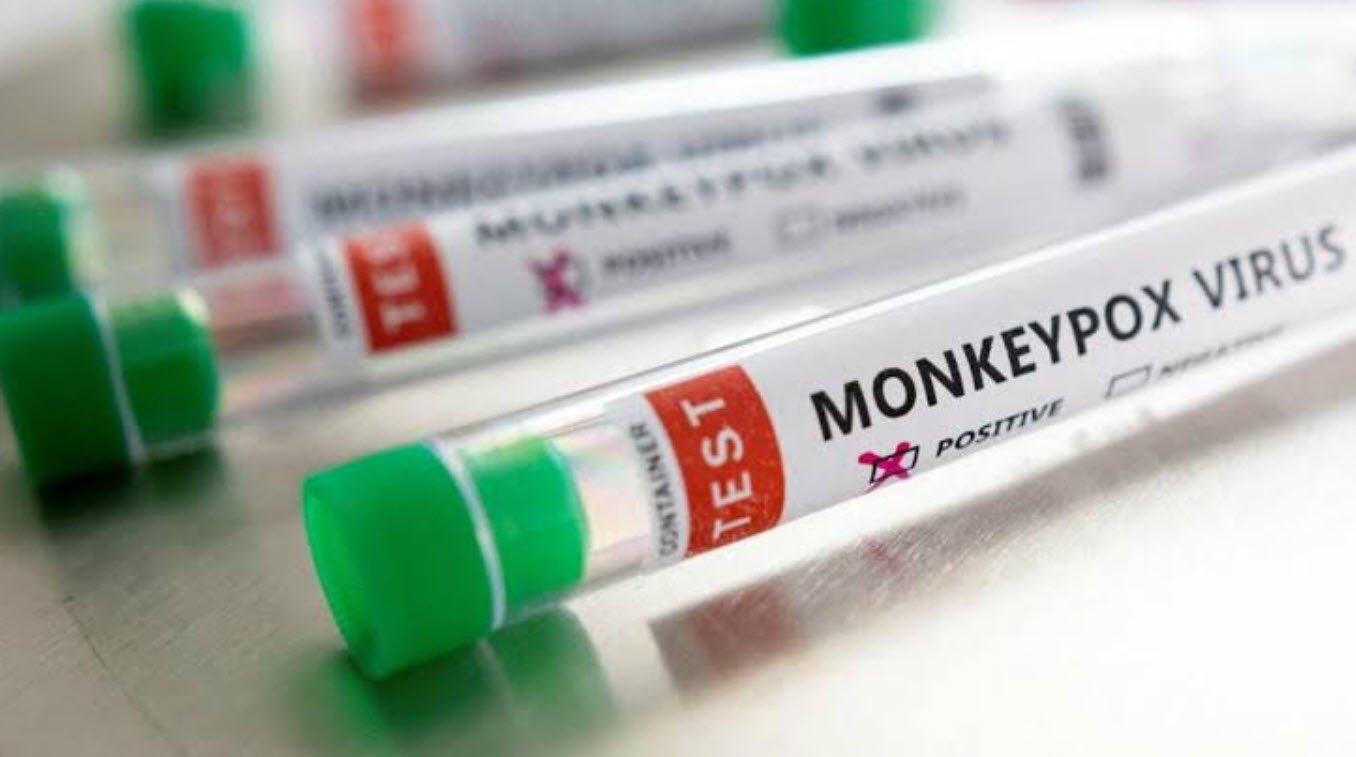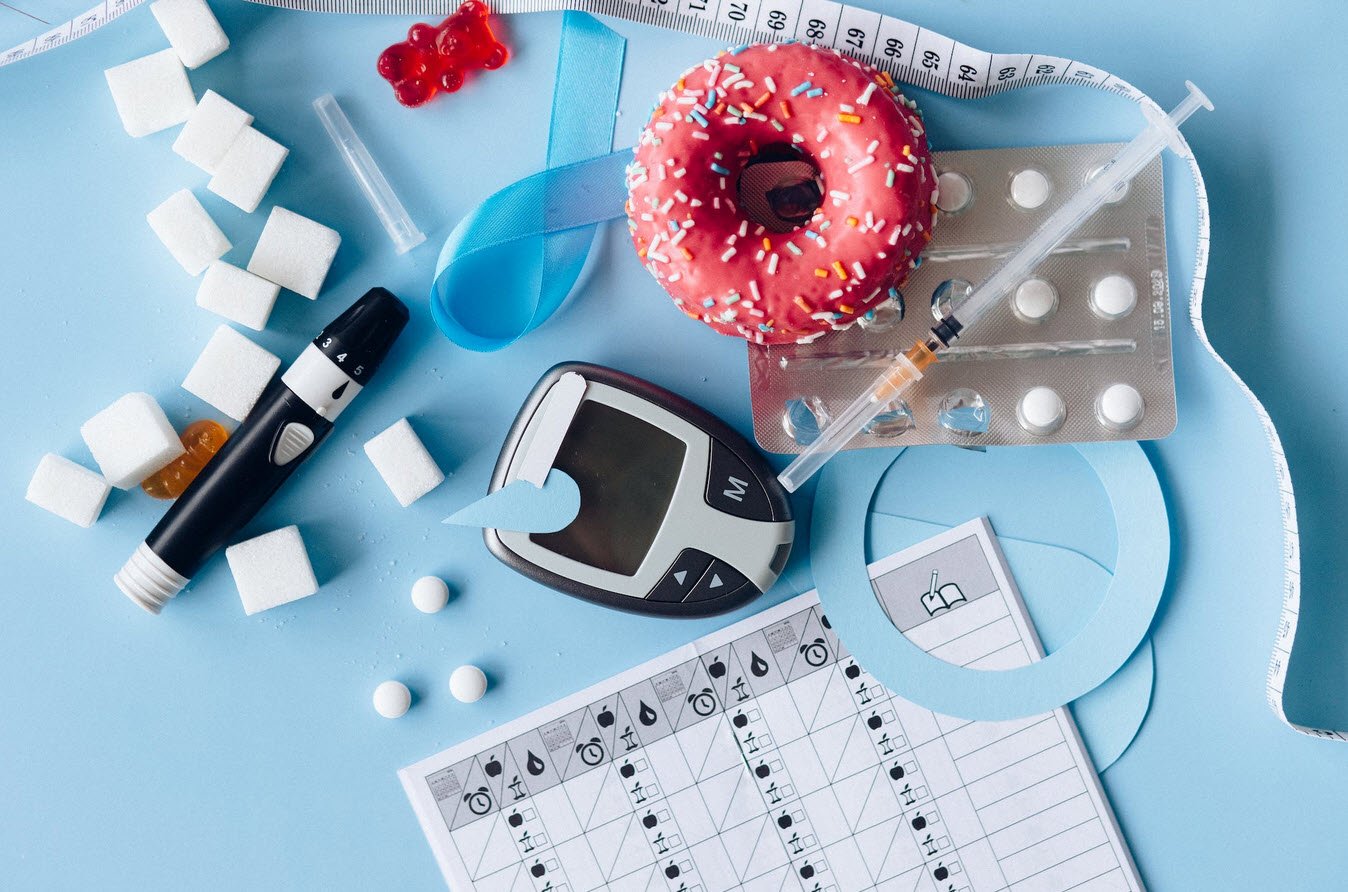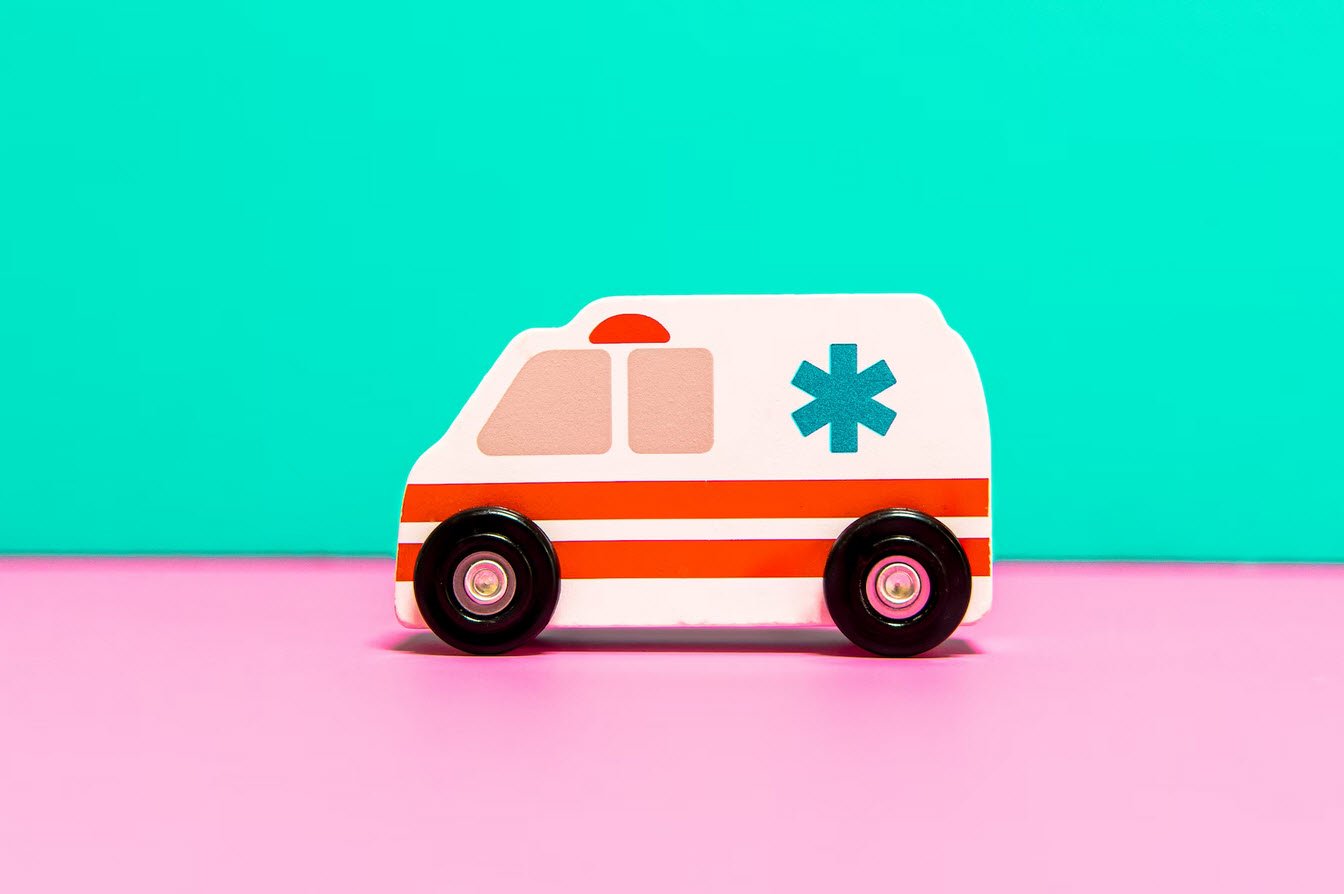
When people think of the deadliest diseases in the world, their minds probably jump to the fast-acting, incurable ones that grab headlines from time to time. Humans have been fighting viruses long before our species had even evolved into its modern form.
For some viral diseases, vaccines and antiviral drugs have allowed us to keep infections from spreading widely, and have helped sick people recover. Below is the list of top 20 deadly diseases that have jumped from animals to humans in recent decades:
- Diphtheria – Airborne Disease
- Influenza – Airborne Disease
- Leprosy – Airborne Disease
- Measles – Airborne Disease
- Scarlet fever – Airborne Disease
- SARS – Airborne Disease
- Smallpox – Airborne Disease
- Tuberculosis (TB) – Airborne Disease
- Cholera – Waterborne Disease
- Dysentery – Waterborne Disease
- Typhoid – Waterborne Disease
- Malaria – Insects and Animals
- Plague – Insects and Animals
- Typhus – Insects and Animals
- Yellow fever – Insects and Animals
- Zika – Insects and Animals
- Polio – Human to Human
- Ebola – Human to Human
- HIV and AIDS – Human to Human
- Syphilis – Human to Human
1. Diphtheria
A serious infection of the nose and throat that’s easily preventable by a vaccine. A sheet of thick, grey matter covers the back of the throat, making breathing hard. Symptoms include sore throat, fever, swollen lymph nodes and weakness. Treatments include antibiotics and an antitoxin that neutralizes the diphtheria toxin.
| Causal agent | Bacterium Corynebacterium diphtheriae |
| Transmission | Respiratory route and direct contact |
| Symptoms | Weakness, sore throat, fever, swollen neck glands, thick grey coating in the throat or nose |
| Incidence and deaths | Around 5,000 cases a year worldwide. Fatal in 5–10 per cent of cases. |
| Prevalence | Endemic in many countries in Asia, the South Pacific, the Middle East, Eastern Europe and in Haiti and the Dominican Republic. Rare in industrialised countries. |
| Prevention | Vaccination |
| Treatment | Antitoxins and antibiotics |
| Global strategy | Childhood vaccination programmes but the World Health Organization (WHO) describes diphtheria as a ‘forgotten’ disease |
2. Influenza
Influenza is a highly infectious disease that affects the respiratory (breathing) tract. It is also known as the flu or grippe. The disease is caused by a virus. When inhaled, the virus attacks cells in the upper part of the respiratory system and causes symptoms such as fatigue, fever and chills, a hacking cough, and body aches.
Influenza can also lead to other, more serious infections. The disease known as stomach flu is not really a form of influenza. The influenza virus normally does not attack the stomach or intestines. Stomach flu is instead caused by other organisms, such as the salmonella or E. coli bacteria.
The flu is often confused with the common cold, but it is actually much more serious. Influenza is caused by the transmission of a flu virus from an infected person to an uninfected person. The virus can be transmitted by sneezing, coughing, sharing of eating and drinking utensils, and direct contact.
| Causal agent | Several strains of virus, with new strains emerging |
| Transmission | Mainly respiratory but also through contact with objects or surfaces |
| Symptoms | Fever, cough, sore throat, runny nose, muscle aches, headaches, fatigue |
| Incidence and deaths | Up to 650,000 deaths a year worldwide from respiratory diseases linked to seasonal flu |
| Prevalence | Worldwide, with the constant risk of a new pandemic |
| Prevention | Vaccination, but not always effective and protection is short lived. Infected cases isolated if detected early on. Advice for general population on avoiding infection during an outbreak. |
| Treatment | Antiviral drugs |
| Global strategy | Multi-factored, including surveillance to detect first signs of an epidemic and rapid response to contain it |
3. Leprosy
A chronic, curable infectious disease mainly causing skin lesions and nerve damage. Leprosy is caused by infection with the bacterium Mycobacterium leprae. It mainly affects the skin, eyes, nose and peripheral nerves. Symptoms include light-coloured or red skin patches with reduced sensation, numbness and weakness in hands and feet. Leprosy can be cured with 6-12 months of multi-drug therapy.
| Causal agent | Bacterium Mycobacterium leprae |
| Transmission | Long thought to be through direct contact with a patient but respiratory route now believed more likely |
| Symptoms | Skin nodules, ulcers, thick, dry or stiff skin, loss of eyebrows and eyelashes, numbness, muscle weakness and eye problems |
| Incidence | Around 250,000 people diagnosed in 2017 |
| Prevalence | Endemic in some parts of the world, mostly Africa and Asia |
| Prevention | No vaccine but the infection is hard to catch |
| Treatment | Combination of antibiotic drugs |
| Global strategy | The World Health Organization (WHO) goal is to eradicate the disease, with a target of zero new infections in children by 2020. Key interventions include early detection of cases and better quality of, and access to, healthcare for marginalised populations. |
4. Measles
Measles is a viral infection (an infection caused by a virus). Its most characteristic feature is a reddish skin rash. Measles is also known as rubeola, five-day measles, or hard measles.
Measles infections occur throughout the world. At one time, they reappeared in two- or three-year cycles, usually in the winter and spring.
Today, there is a very effective measles vaccine. This vaccine has greatly reduced the occurrence of measles in many parts of the world. Babies up to the age of eight months usually do not get measles.
They receive special cells from their mothers that protect them against the disease. A person who has had measles will never get the disease again.
| Causal agent | Virus of the type paramyxovirus |
| Transmission | Respirary, highly contagious |
| Symptoms | Fever, runny nose, cough, red eyes and sore throat, followed by a rash over whole body |
| Incidence and deaths | Estimated 90,000 deaths in 2016 |
| Prevalence | Worldwide |
| Prevention | Vaccination with the combined measles, mumps and rubella (MMR) vaccine |
| Treatment | No specific treatment for the virus but drugs for symptoms such as fever and muscle pain |
| Global strategy | World Health Organization Global Vaccine Action Plan (GVAP) has a goal of eliminating measles by or before 2020 |
5. Scarlet Fever
A bacterial illness that develops in some people who have strep throat. Scarlet fever is most common in children from five to fifteen years of age. Symptoms include a bright-red rash that covers most of the body, a sore throat and a high fever.
| Causal agent | Bacterium from the streptococcus group, usually streptococcus A |
| Transmission | Respiratory and through contact with infected items such as towels and bed linen |
| Symptoms | Sore throat, fever and distinctive red skin rash |
| Incidence and deaths | No global figures but largely eliminated as a major killer |
| Prevalence | Recent upsurges in cases in some countries including England |
| Prevention | Precautions when in contact with an infected person |
| Treatment | Antibiotics as well as drugs to reduce the fever |
6. SARS
A contagious and sometimes fatal respiratory illness caused by a coronavirus. SARS appeared in 2002 in China. It spread worldwide within a few months, although it was quickly contained. SARS is a virus transmitted through droplets that enter the air when someone with the disease coughs, sneezes or talks. No known transmission has occurred since 2004. Fever, dry cough, headache, muscle aches and difficulty breathing are symptoms. No treatment exists except supportive care.
| Causal agent | Severe acute respiratory syndrome coronavirus or SARS-CoV |
| Transmission | Not completely understood but thought to be through close contact with an infected person, mainly through the respiratory route, and also through contact with infected surfaces |
| Symptoms | Influenza-like, including fever, malaise, myalgia, headache, diarrhoea and shivering |
| Incidence | No reports of SARS since 2004, as of mid-2018 |
| Prevalence | Currently no cases reported but potential to break out and spread worldwide |
| Prevention | Fast reporting of new outbreaks, isolation of infected individuals and contacts |
| Treatment | No specific treatment but general antiviral drugs and treatment to support breathing, prevent or treat pneumonia and reduce swelling in the lungs |
| Global strategy | Worldwide surveillance to detect new outbreaks, fast reporting of cases and containment |
7. Smallpox
An eradicated virus that used to be contagious, disfiguring and often deadly. Naturally occurring smallpox was destroyed worldwide by 1980. In addition to flu-like symptoms, patients also experience a rash that appears first on the face, hands and forearms and then later appears on the torso. There’s no treatment or cure for smallpox.
| Causal agent | Virus of the orthopoxvirus genus |
| Transmission | Respiratory route and also through pus from the rash of an infected person |
| Symptoms | High fever and pustular rash that left permanent scars |
| Prevalence | Eradicated in 1979; so far the only human infectious disease to be so |
| Prevention | Vaccination was highly effective |
| Treatment | There was no proven treatment but some antiviral drugs were thought to have had some benefit |
8. Tuberculosis (TB)
A potentially serious infectious bacterial disease that mainly affects the lungs. The bacteria that cause TB are spread when an infected person coughs or sneezes. Most people infected with the bacteria that cause tuberculosis don’t have symptoms. When symptoms do occur, they usually include a cough (sometimes blood-tinged), weight loss, night sweats and fever. Treatment isn’t always required for those without symptoms. Patients with active symptoms will require a long course of treatment involving multiple antibiotics.
| Causal agent | Bacterium Mycobacterium tuberculosis |
| Transmission | Respiratory route |
| Symptoms | Active lung TB: cough with sputum and blood at times, chest pains, weakness, weight loss, fever and night sweats |
| Incidence and deaths | 6.3 million new cases reported and 1.8 million deaths in 2016 |
| Prevalence | Worldwide but vast majority of deaths are in developing countries, with seven including India, Pakistan and Nigeria accounting for over 60 per cent of the total |
| Prevention | Vaccination |
| Treatment | Antibiotics but drug-resistance is growing |
| Global strategy | The World Health Organization (WHO) aims to reduce deaths by 90 per cent and incidence by 80 per cent by 2030 which, the WHO says, requires universal health care and social protection for people in ‘epidemic’ countries |
9. Cholera
A bacterial disease causing severe diarrhoea and dehydration, usually spread in water. Cholera is fatal if not treated right away. Key symptoms are diarrhoea and dehydration. Rarely, shock and seizures may occur in severe cases. Treatment includes rehydration, IV fluids and antibiotics.
| Causal agent | The bacterium Vibrio cholera |
| Transmission | Predominately waterborne |
| Symptoms | Severe diarrhoea, nausea, vomiting, stomach cramps, muscle spasms |
| Incidence and deaths | Estimated 1.3 million to 4.0 million cases and 21,000 to 143,000 deaths worldwide. |
| Prevalence | In 2016, major epidemics struck Haiti, the Democratic Republic of Congo, Somalia, the United Republic of Tanzania and Yemen. Virtually non-existent in developed countries |
| Prevention | Provision of clean drinking water and efficient sewers; oral vaccines in high-risk areas |
| Treatment | Oral rehydration in mild cases; rapid treatment with intravenous fluids and antibiotics in severe cases |
| Global strategy | The World Health Organization (WHO) aims to reduce cholera deaths by 90 per cent by 2030. Strategy includes: specialist treatment centres and better access to clean water, effective sanitation and waste management; good hygiene and food safety practices; and public information. |
10. Dysentery
Inflammation of the intestines accompanied by bloody diarrhoea. Dysentery is most often caused by shigella bacteria (shigellosis) or an amoeba. Dysentery is often spread through contaminated food or water. A key symptom is bloody diarrhoea. There may also be abdominal pain, cramps, fever and malaise. Prompt medical care is required for bloody diarrhoea. Treatment may include increased fluid intake, rehydration solutions, IV fluids and antibiotics.
| Causal agents | Bacillary dysentery (shigellosis), the Shigella genus of bacteria, Amoebic dysentery (amoebiasis), single-cell parasite, the Entamoeba histolytica |
| Transmission | Mainly contaminated food or water but also from one individual to another through infected faeces |
| Symptoms | Mainly watery diarrhoea flecked with blood, mucus or pus. Other symptoms include fever and chills, abdominal pain and weight loss. |
| Incidence | Shigellosis is responsible for an estimated 165 million cases of severe dysentery a year |
| Prevalence | Shigellosis and amoebiasis are endemic throughout the world |
| Prevention | Clean water, good sanitation and good hygiene practices, particularly hand-washing |
| Treatment | Antibiotics for shigellosis and antiparasitic drugs for amoebiasis. Rehydration to replace fluids and body salts lost through diarrhoea. |
| Global strategy | Provision of clean water, efficient sanitation and promotion of good hygiene practices |
11. Typhoid
Typhoid fever is an infection that spreads through contaminated food and water. Vaccines are recommended in areas where typhoid fever is common. Symptoms include high fever, headache, stomach pain, weakness, vomiting and loose stools. Treatment includes antibiotics and fluids.
| Causal agent | Bacterium Salmonella Typhi |
| Transmission | Contaminated food and water |
| Symptoms | Fever, fatigue, headache, nausea, abdominal pain, constipation or diarrhoea and sometimes a rash |
| Incidence and deaths | Estimated 11–20 million cases and 128,000–161,000 deaths a year worldwide |
| Prevalence | Global but mainly parts of Africa, the Americas, Southeast Asia and the Western Pacific |
| Prevention | Vaccination; provision of clean water, good sanitation and food hygiene |
| Treatment | Antibiotics but drug resistance is growing |
| Global strategy | US$85 million funding made available from 2019 for routine vaccination of children in countries where typhoid is endemic |
12. Malaria
Malaria is a serious, infectious disease spread by certain kinds of mosquitoes. It is common in tropical climates and is characterized by chills, fevers, and an enlarged spleen.
These symptoms reappear again and again. The disease can be treated with medication, but it tends to come back even after being cured. Malaria is endemic in many developing countries.
An endemic disease is one that occurs frequently in a particular location. Isolated, limited outbreaks of malaria sometimes occur in the United States.
| Causal agent | Species of the parasite plasmodium |
| Transmission | Bite from an infected female anopheline mosquito |
| Symptoms | Flu-like: malaise, fever, headache, sweats, chills, vomiting. Can include muscle pain and diarrhoea. |
| Incidence and deaths | 216 million cases worldwide and 445,000 deaths in 2016 |
| Prevalence | Found in more than 100 countries including large areas of Africa, Asia, Central and South America |
| Prevention | Drugs and environmental measures, including mass distribution of mosquito nets treated with insecticide |
| Treatment | Choice of drugs, depending on factors such as the type of parasite and the area where the infection was acquired |
| Global strategy | Prevention both environmental and drugs combined with fast diagnosis, treatment and surveillance. Goal of reducing incidence and mortality by at least 90 per cent by 2030. |
13. Plague
A rare but serious bacterial infection that’s transmitted by fleas. The bubonic plague is caused by the bacteria Yersinia pestis. It can spread through contact with infected fleas.
Symptoms include swollen lymph nodes, which can be as large as chicken eggs, in the groin, armpit or neck. They may be tender and warm. Others include fever, chills, headache, fatigue and muscle aches. Bubonic plague requires urgent hospital treatment with strong antibiotics.
| Causal agent | Bacterium Yersinia pestis |
| Transmission | From rodents to humans by flea bite. Also person to person through respiratory route or direct contact with infected tissue. |
| Symptoms | Fever, chills, head and body aches, and weakness, vomiting and nausea. In bubonic plague – the most common type – painful swollen lymph nodes that can turn into pus-filled open sores. |
| Incidence and deaths | 3,248 cases and 584 deaths worldwide in 2010–15. Case-fatality ratio of 30 to 60 per cent for bubonic plague. Pneumonic, second most common type, is invariably fatal if untreated. |
| Prevalence | Endemic in many rural areas in the Americas, Africa and Asia but mostly in the Democratic Republic of the Congo, Madagascar and Peru |
| Prevention | Destruction of rodent habitats and use of insecticides where the disease is endemic |
| Treatment | Antiobiotics along with oxygen therapy and intravenous fluids |
| Global strategy | Surveillance of at-risk areas and fast response to contain outbreaks |
14. Typhus
Typhus, also known as typhus fever, is a group of infectious diseases that include epidemic typhus, scrub typhus, and murine typhus. Common symptoms include fever, headache, and a rash.
Typically these begin one to two weeks after exposure. The diseases are caused by specific types of bacterial infection.
| Causal agent | The Rickettsia prowazekii, a type of bacteria |
| Transmission | By the human body louse, Pediculus humanus corporis |
| Symptoms | Headache, chill, prostration, high fever, coughing and severe muscle pain, followed by a dark spot on the upper trunk, spreading to the entire body excepting, usually, the face, palms and soles of the feet |
| Incidence | Since the Second World War most reported outbreaks have been in Burundi, Ethiopia and Rwanda. 20,000 cases in Burundi in 1997 |
| Prevalence | Colder regions of Central and Eastern Africa, central and South America, and Asia, where there is overcrowding and poor hygiene, such as in prisons and refugee camps |
| Prevention | General cleanliness and use of insecticides in cases of louse infestation |
| Treatment | One dose of an antibiotic |
15. Yellow fever
A viral infection spread by a particular species of mosquito. Yellow fever is spread by a species of mosquito common to areas of Africa and South America. Vaccination is recommended before traveling to certain areas. Mild cases cause fever, headache, nausea and vomiting. Serious cases may cause fatal heart, liver and kidney conditions.
No specific treatment for the disease exists. Efforts focus on managing symptoms and limiting complications.
| Causal agent | Virus belonging to the genus Flavivirus |
| Transmission | Infected mosquitoes |
| Symptoms | Fever, headache, jaundice, muscle pain, nausea, vomiting and fatigue |
| Prevalence | Found in tropical and sub-tropical parts of Africa and South America |
| Incidence and deaths | Not known. One estimate is 84,000–170,000 severe cases and 29,000–60,000 deaths in 2013 but number of cases thought to be hugely under-reported. |
| Prevention | Vaccination |
| Treatment | No specific treatment but symptoms treated with drugs |
| Global strategy | The World Health Organization (WHO) aims to eliminate yellow fever by 2026 through measures including affordable vaccines for at-risk populations and containing outbreaks fast |
16. Zika
A disease caused by Zika virus that is spread through mosquito bites. In most cases, there are no symptoms. In a few cases, Zika can trigger paralysis (Guillain-Barré Syndrome). In pregnant women, it may cause subsequent birth defects. When present, symptoms are mild and last less than a week. They include fever, rash, joint pain and red eyes.
There’s no vaccine or specific treatment. Instead, the focus is on relieving symptoms and includes rest, rehydration and acetaminophen for fever and pain. Aspirin and non-steroidal anti-inflammatory drugs (NSAIDs) such as ibuprofen should be avoided.
| Causal agent | Zika virus |
| Transmission | Mainly bite from infected mosquito but also person to person through sexual contact |
| Symptoms | Include fever, skin rash, conjunctivitis, muscle and joint pain, malaise, headache. The virus can trigger the neurological disorder Guillain-Barré syndrome and in pregnant women can lead to microcephaly in the child. |
| Prevalence | Parts of Africa, Asia, the Caribbean, South and Central America, Mexico and the Pacific Islands |
| Prevention | Avoidance of mosquito bites and of sexual transmission. Use of insecticides during outbreaks. |
| Treatment | No treatment for the virus but symptoms are treated with drugs |
| Global strategy | Surveillance in endemic areas to ensure fast detection of cases and containment of outbreaks. Destruction of mosquito breeding sites and reduction of contact with mosquitoes. |
17. Polio
A virus that may cause paralysis and is easily preventable by the polio vaccine. Polio is transmitted through contaminated water or food, or contact with an infected person.
Many people who are infected with the poliovirus don’t become sick and have no symptoms. However, those who do become ill develop paralysis, which can sometimes be fatal. Treatment includes bed rest, pain relievers and portable ventilators.
| Causal agent | Three strains of wild polio virus but type 2 now eliminated |
| Transmission | Person to person via the oral-faecal route |
| Symptoms | Usually symptomless but symptoms include stiffness in the neck and back, abnormal reflexes and difficulty swallowing and breathing. In rare cases leads to paralysis |
| Incidence and deaths | 22 reported cases in 2017 |
| Prevalence | Only endemic now in Nigeria, Pakistan and Afghanistan |
| Prevention | Vaccination |
| Treatment | No treatment for the virus but symptoms relieved with a range of drugs and therapies. |
| Global strategy | Mass vaccination of children. In 2017, the World Health Organization (WHO) believed the complete eradication of polio was well within our grasp |
18. Ebola
A virus that causes severe bleeding, organ failure and can lead to death. Humans may spread the virus to other humans through contact with bodily fluids such as blood. Initial symptoms include fever, headache, muscle pain and chills. Later, a person may experience internal bleeding resulting in vomiting or coughing blood.
Treatment is supportive hospital care.
| Causal agent | The ebola virus. Five species identified so far. |
| Transmission | Transmitted to humans by wild animals, then spreads from person to person through body fluids |
| Symptoms | Fever, severe headache, muscle pain, weakness, fatigue, diarrhoea, vomiting, abdominal pain, haemorrhaging |
| Incidence and deaths | 28,616 cases in the 2014–16 epidemic and 11,310 deaths. Average case fatality rate is around 50 per cent. |
| Prevalence | Two isolated outbreaks in the Democratic Republic of the Congo since the global pandemic of 2014–16 |
| Prevention | In affected areas, avoid contact with: body fluids; infected medical equipment and bedding, and bats and non-human primates and bush meat from these animals |
| Treatment | No proven treatment but treatments for different symptoms and support to maintain the body’s functions |
| Global strategy | Fast containment of outbreaks combined with health education for health workers and general population |
19. HIV and AIDS
AIDS is the abbreviation for acquired immune deficiency syndrome. The disease is caused by a virus known as the human immunodeficiency virus, or HIV. The disease was first recognized in the United States in 1981.
A person can be infected with HIV without developing AIDS. The virus can remain in a person’s body for many years without causing serious health problems. During this period, the virus is said to be latent, or inactive.
Eventually, however, most people who are infected with HIV do develop AIDS. Treatment of HIV patients involves trying to slow or stop the virus from spreading in the body’s cells and treating or preventing diseases that develop when a person’s immune system has been damaged by the virus.
AIDS develops when HIV attacks and destroys certain types of cells that are part of the immune system. The immune system consists of all those cells, tissues, and substances that protect the body from infection by foreign bodies, such as bacteria.
An important element of the immune system is a group of white blood cells that include helper T cells, macrophages, and monocytes. These cells attack foreign bodies and prevent them from causing disease and infection.
| Causal agent | Human immunodeficiency virus (HIV), which exposes the body to a range of conditions, known as acquired immunodeficiency syndrome, or AIDS |
| Transmission | Anal and vaginal sex and sharing needles and syringes. Less common: mother to child transmission during pregnancy, childbirth or breastfeeding. |
| Symptoms | Flu-like symptoms. In later stages, symptoms from a range of conditions, including pneumonia. |
| Deaths | By the end of 2016, HIV and AIDS had killed more than thirty-five million people |
| Prevalence | Worldwide but the vast majority of cases and deaths are in sub-Saharan Africa |
| Prevention | Medication (pre-exposure prophylaxis or PrEP) for people at high risk; ‘safe sex’ practices and needle exchange programmes for intravenous drug users |
| Treatment | Combination drugs, known as antiretroviral therapy or HAART |
| Global strategy | Health education to reduce risk-taking behaviours, preventive medication for those at high risk and making anti-retroviral therapy available in the developing world |
20. Syphilis
A bacterial infection usually spread by sexual contact that starts as a painless sore. Syphilis develops in stages and symptoms vary with each stage. The first stage involves a painless sore on the genitals, rectum or mouth.
After the initial sore heals, the second stage is characterized by a rash. Then, there are no symptoms until the final stage which may occur years later. This final stage can result in damage to the brain, nerves, eyes or heart. Syphilis is treated with penicillin. Sexual partners should also be treated.
| Causal agent | Bacterium Treponema pallidum |
| Transmission | Person to person through sexual contact |
| Symptoms | A sore followed by skin rash and inflammation of the mucous membranes and lymph glands. A few cases eventually progress to tertiary syphilis, which attacks bones, tissues, the central nervous system, the cardiovascular system and the brain. |
| Prevalence | Worldwide. Was close to eradication in the US but is now on the rise again. |
| Prevention | ‘Safe sex’ practices |
| Treatment | Antibiotics |
| Global strategy | Health education, regular screening of those at high risk and fast treatment |
Download the PDF version – “20 Deadly Diseases“








